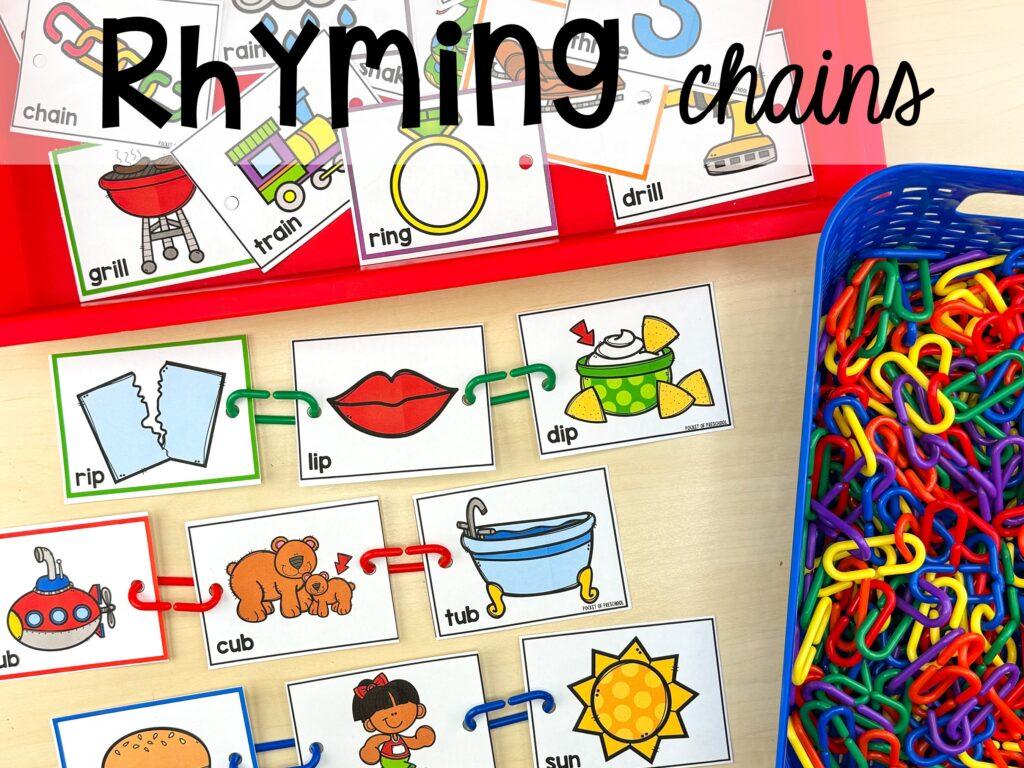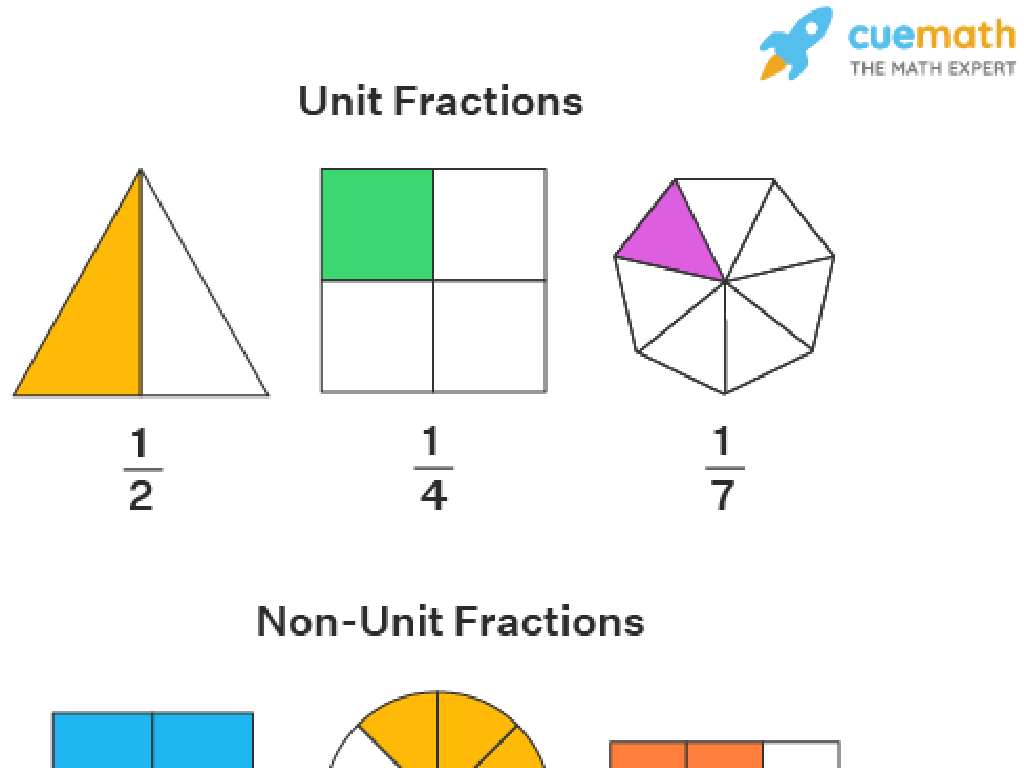Name State Capitals Of The West
Subject: Social studies
Grade: Fourth grade
Topic: State Capitals
Please LOG IN to download the presentation. Access is available to registered users only.
View More Content
Exploring Western State Capitals
– What’s a State Capital?
It’s the city where the government of a state is based.
– Significance of State Capitals
Capitals are important for political decisions and state history.
– Today’s focus: Capitals of the West
We’ll learn about capitals in the western U.S., like Sacramento and Denver.
– Engaging facts about each capital
|
Begin the lesson by defining a state capital as the city where the state government is located, which includes the governor’s office and the state legislature. Explain that state capitals are often chosen for their geographical location or historical significance. Today’s lesson will focus on the capitals of the Western United States. Provide a map to help students visualize where these capitals are located. Share interesting facts about each capital to make the lesson more engaging, such as landmarks, historical events, or unique cultural aspects. This will help students remember the capitals and understand their importance beyond just their role in government.
Exploring the Western States and Their Capitals
– Locate Western States on a map
– Use a map to find states like California, Nevada, and Oregon
– Discuss unique regional features
– Mountains, coastlines, and deserts characterize the West
– Learn state capitals of the West
– Capitals like Sacramento, Carson City, and Salem
– Understand the importance of capitals
– Capitals are often political and cultural hubs
|
This slide aims to introduce students to the geographical layout of the Western United States and to familiarize them with the state capitals. Start by showing a map and helping students identify each Western state. Discuss the diverse landscapes found in the West, such as the Rocky Mountains, Pacific Coast, and the Mojave Desert. Teach the capitals of these states, emphasizing the role of a capital city in state governance and culture. Engage students by asking them to share any experiences or knowledge they have of these places. This will help them connect personally with the material and better remember the state capitals.
Memory Hooks for State Capitals
– Learn mnemonic devices
– Tricks to help remember facts
– ‘Silly Octopus’ for Sacramento
– ‘Silly Octopus’ helps recall California’s capital
– Create your own for other capitals
– Practice with classmates
– Share and learn from others
|
This slide introduces mnemonic devices as a fun and effective way to remember the state capitals of the West. Mnemonics are memory aids that help students recall larger pieces of information, especially in the form of lists like state capitals. For example, the phrase ‘Silly Octopus’ can remind students of Sacramento, the capital of California, by using the first letters ‘S’ and ‘O’. Encourage students to create their own mnemonic devices for other state capitals, which will help in enhancing their memory recall. Organize a classroom activity where students can practice their mnemonics with classmates and learn from each other, making the learning process interactive and collaborative.
Capitals and States Matching Game
– Match each Western state to its capital
– Use the interactive map for clues
– Look for the state names and find the star marking its capital
– Learn the capitals while having fun
– Share what you’ve learned with the class
– Tell us the capital and an interesting fact about the state
|
This slide introduces an interactive class activity where students will engage with an interactive map to match Western states with their respective capitals. The activity is designed to be fun and educational, reinforcing the students’ knowledge of geography and state capitals. Provide students with a list of Western states and their capitals to assist them during the activity. Encourage them to use the map to find the state first, then locate the star that marks its capital. After the matching game, ask students to share an interesting fact about one of the states they’ve learned. This will help them remember the capitals and also learn more about each state. Prepare a variety of facts about each state to help prompt discussion if students are shy or unsure.
Capital Cities of the West: Fascinating Facts
– Discover fun facts about each capital
– For example, Denver, Colorado was founded during the Pike’s Peak Gold Rush
– Historical ties of capitals to states
– Sacramento became California’s capital due to the Gold Rush of 1849
– Capitals’ roles in state identity
– Capitals often reflect the culture and founding values of the state
– Engage with capitals’ unique stories
– Learn how Olympia, Washington got its name from the Olympic Mountains
|
This slide aims to spark students’ interest in the state capitals of the Western United States by exploring interesting facts and their historical significance. Each capital city has a unique story that connects it to the state’s history, such as pivotal events like gold rushes or geographical features like mountain ranges. Encourage students to research and share facts about each capital, fostering a deeper understanding of how these cities contribute to their state’s identity and heritage. This activity will help students appreciate the rich history and diversity of the Western states.
Quiz Time: Western State Capitals
– Capital of Colorado?
Denver is the capital of Colorado.
– Capital known for tech?
Austin, Texas is a tech hub, but in the West, it’s Olympia, Washington.
– Discuss your answers
– Learn fun facts!
|
This slide is designed to engage students in a quiz format to test their knowledge of western state capitals. The first question asks about the capital of Colorado, which is Denver. The second question prompts students to think about which western capital city is known for its tech industry, guiding them towards Olympia, Washington. Encourage students to discuss their answers with a partner or group, and then share as a class. After the quiz, provide some fun facts about each capital to enhance their learning experience. For example, Denver is nicknamed the ‘Mile High City’ because it is exactly one mile above sea level. Olympia is near many tech giants like Microsoft and Amazon.
Class Activity: Create Your Capital City
– Design a capital for your state
– Choose a location for your capital
– Think about the geography and why it s a good spot
– Decide on important city features
– What buildings or landmarks will you have?
– Present your capital to the class
– Share why you picked the location and features
|
This activity encourages students to apply their knowledge of state capitals and geography creatively by designing their own capital city. Students should consider geographical advantages, historical significance, and cultural elements when choosing the location. They should also think about the features that make a capital city functional and symbolic, such as government buildings, parks, and monuments. Teachers should provide guidance on how to research and what aspects to consider. Possible activities include drawing a map, writing a description, or even creating a 3D model. The presentation aspect will help students practice public speaking and give them a chance to showcase their creativity and understanding of the lesson.






